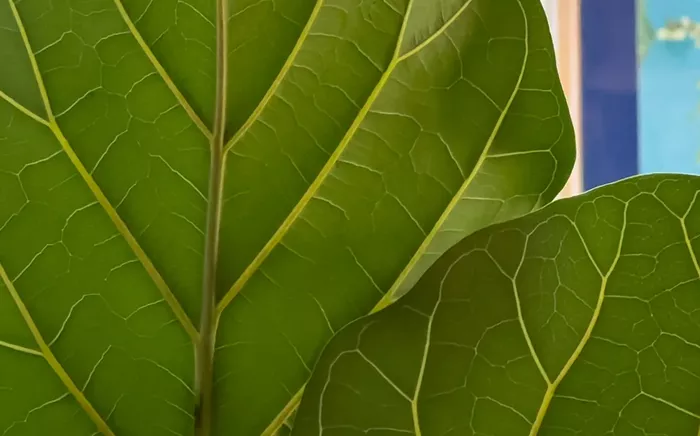Plants can do more than just brighten up your living space—they can also help you stay cool when temperatures rise. Through a natural process known as transpiration, houseplants can reduce the need for air conditioning, saving you both energy and money. This simple, cost-free method can help lower your monthly utility bills, all while keeping your home comfortable.
What Is Transpiration?
Transpiration is the process where water moves from the soil through the plant, eventually evaporating from its leaves and stem. Not only does this process deliver essential water and nutrients to the plant, but it also helps keep the plant cool as the water evaporates.
But what does this mean for you? According to Craig Morley, a gardening expert at Budget Seeds, “Transpiration also cools the area around the plant.”
NASA’s Earth Science Division found that plants on a large scale can help fight global warming by reducing temperatures. On a smaller scale, houseplants can potentially regulate the indoor temperature, although specific studies on this are limited.
Even if the effect is modest, it certainly doesn’t hurt to try.
Tips to Maximize Cooling from Plants
Want to make the most of your indoor plants’ cooling potential? Morley suggests several tips to enhance plant transpiration, helping your home feel cooler during the warmer months.
Keep your plants well-watered: Regular watering is essential. When a plant doesn’t get enough water, it will slow down transpiration to conserve moisture.
Increase humidity: Place your plants on a tray filled with wet pebbles. As the water evaporates, it creates a humid micro-environment around the plant, boosting transpiration.
Group plants together: Keeping multiple plants close to each other raises humidity levels, which encourages more transpiration.
Upsize your pots: Plants in small containers may transpire less because their roots are confined. Moving them to larger pots can promote healthier growth and more transpiration.
Avoid pruning in summer: Trimming plants reduces their ability to absorb water, which in turn lowers transpiration rates.
However, it’s important not to overwater your plants. Excess water can cause cells to burst, potentially damaging or killing parts of the plant. Monitoring for signs of healthy transpiration or guttation can help ensure you’re watering just the right amount.
Best Houseplants for Cooling Your Home
Certain plants are better than others at cooling the air. What do they all have in common? Larger leaves, which allow more pores for releasing excess water and increasing transpiration. According to Morley, “Plant species have different leaf structures which affect their rate of transpiration. A larger leaf size means more pores and increased cooling.”
Here are seven plants that can help cool your home:
Snake Plant (Dracaena trifasciata)
This hardy plant thrives in bright, indirect light and is easy to care for.
Peace Lily (Spathiphyllum wallisii)
Known for purifying air, peace lilies also help reduce indoor temperatures.
Aloe Vera (Aloe barbadensis ‘miller’)
Aloe not only cools the air but also provides soothing relief for sunburns.
Bamboo Palm (Chamaedorea seifrizii)
Bamboo palms are not only stylish but can also help keep your home cool.
Boston Fern (Nephrolepis exaltata)
Whether indoors or out, these ferns are effective air-cooling plants.
Golden Pothos (Epipremnum aureum)
Pothos are hardy and purify the air quickly, making them a great indoor plant.
Spider Plant (Chlorophytum comosum)
Add a few spider plants to your home for a cooling effect and a stylish touch.
Final Thoughts
Adding houseplants to your home not only improves its aesthetic but can also provide some cooling benefits. While the effects might not completely replace your air conditioning, they can certainly make a difference in how comfortable your space feels during hot weather. Plus, with the right care, these plants can purify your air and boost your home’s overall well-being.


